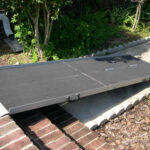If you or a family member have some type of mobility impairment and are reliant on a wheelchair to get around your home, then a wheelchair ramp is essential to getting full access around the home. However, finding the right type of ramp can be burdensome for many people, as there are quite a few factors to consider. And getting the right ramp can be extremely important not only for convenience, but safety as well. Luckily, there are wheelchair ramps in a wide range of sizes, designs and materials, so no matter what your requirements, location and needs, you can rest assured there’s a suitable product for you.
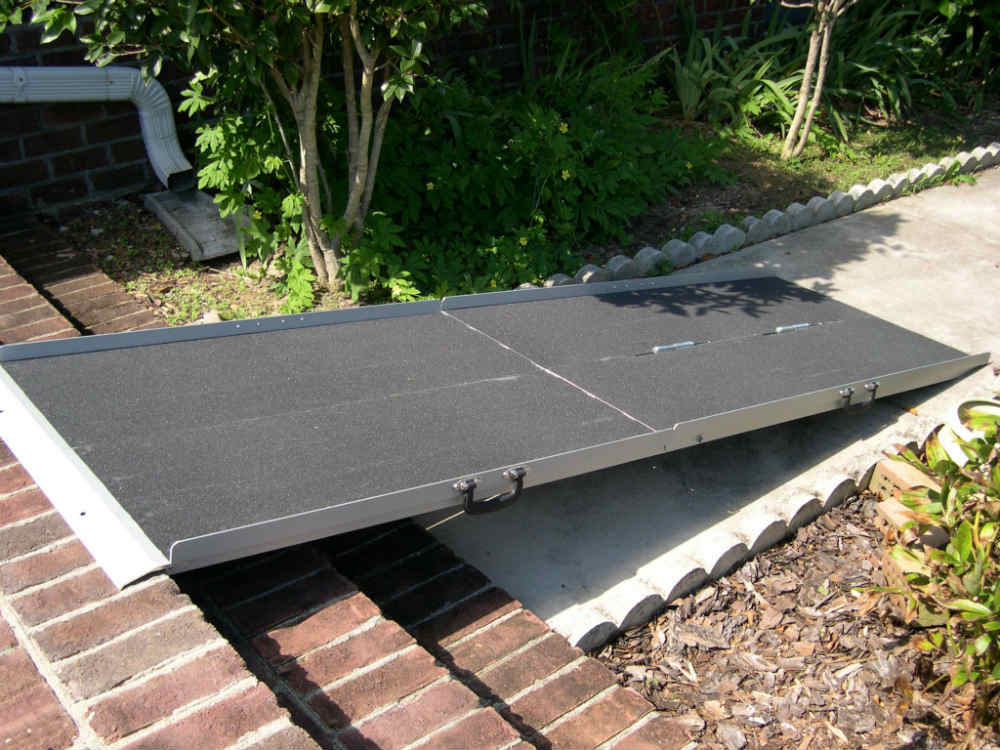
Wheelchair ramps are categorised as:
- permanent and semi-permanent,
- portable,
- threshold, and
- vehicle ramps.
All of them excel in some areas while facing some shortcomings at others. That being said, the first step to choosing the right ramp is to decide its main purpose.
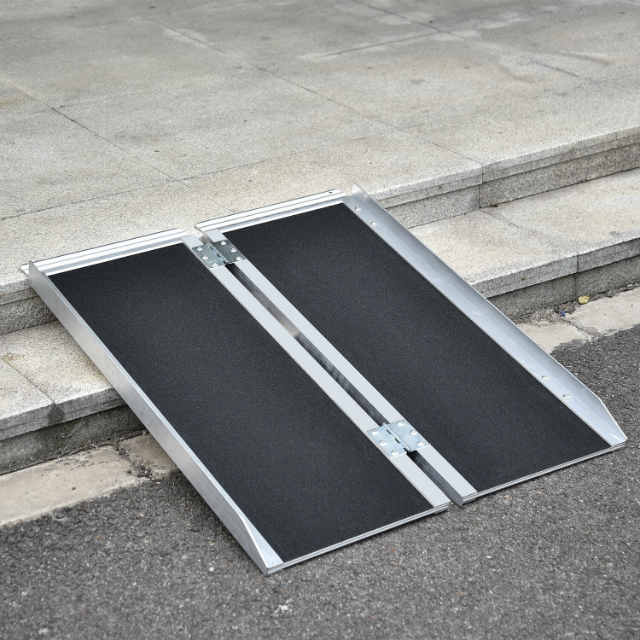
Permanent and Semi-Permanent
Ramps that are installed as part of a facility or home are categorised as either permanent or semi-permanent. The main difference between these two types are the difficulty of removing them once installed. Permanent ramps are anchored in the ground with concrete and are built onto the home or facility as a permanent fixture. These ramps are either made of metal or wood and require a licensed contractor because they have to be built from scratch.
Semi-permanent ramps, on the other hand, are intended to be used in one area as an addition to the home or facility, but they’re also designed to be easily removed and adjusted if necessary. They’re a compromise between permanent and portable ramp designs, providing the best of both worlds – the ease of use and strength of permanent designs and the versatility of portable ramps. The most common material used in the manufacturing of semi-permanent ramps is aluminium, as it’s strong, durable, yet lightweight.
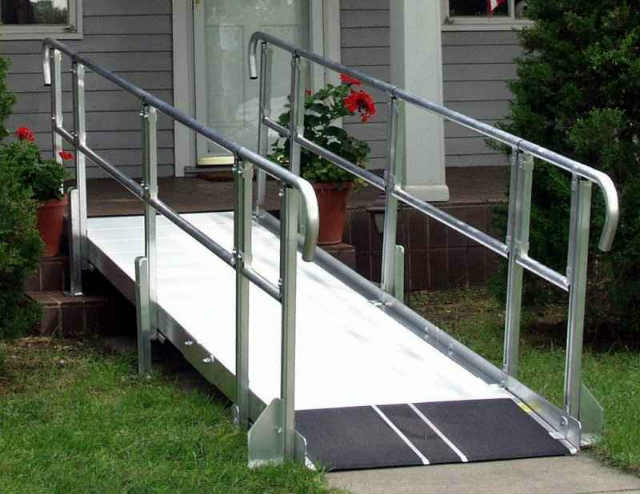
Portable Ramps
Portable ramps are designed for easy use anywhere you go. These ramps are often made of lightweight materials and are either folding ramps or compact enough to ensure easy storage and transport. Besides providing more freedom for users, they’re also a great option for people who rent their home, travel a lot, or don’t want to commit to their current home for more than a few months/years.
Threshold Ramps
Threshold ramps are specifically designed to help wheelchair-bound people get over raised landings and transition through doorways. Although these little bumps may seem like minor inconveniences, they can be quite problematic for people using rollators, wheelchairs or people who have difficulty lifting their feet high. Threshold ramps allow for easy and smooth transitioning, making moving over these bumps effortless.They can be incline planes like conventional wheelchair ramps, or they can be small pieces of material that create a slope on both sides of the uneven transition.
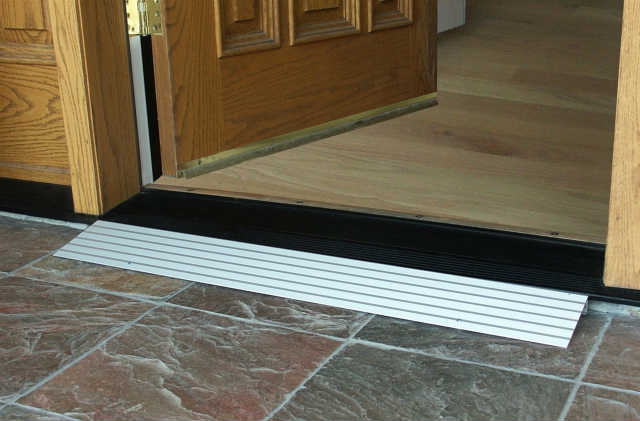
Vehicle Ramps
These ramps allow easy access to buses, vans and other vehicles. They can either be portable for more versatile use and temporary applications or built-in to the vehicle. Vehicle ramps are available as single, wider designs or two-track designs that line up with your chair or scooter’s wheels.
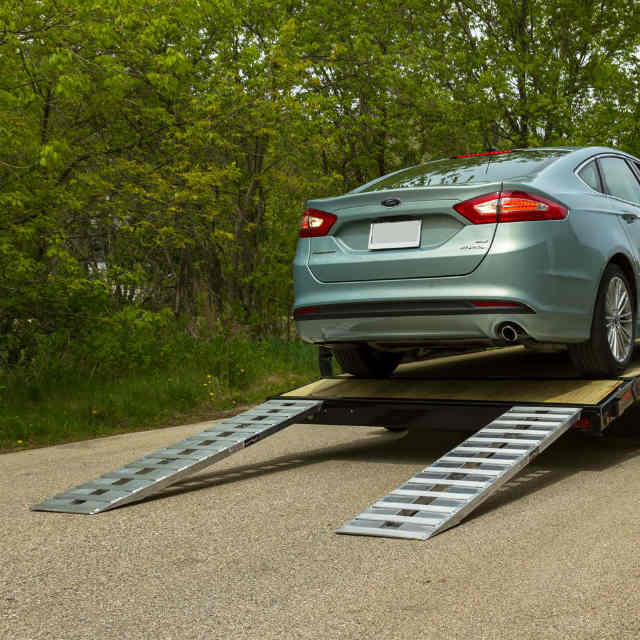
How to Choose the Right One?
Your choice of a ramp will come down to a few factors. For starters, consider who will be using the ramp. The person’s weight and size should be considered, as well as their mobility level. If the primary user is fairly active and healthy, then a more versatile, lightweight ramp will be a suitable option. On the other hand, if the primary user is more elderly or on the heavier side, the ramp should be stronger, and should come with a few safety features like traction pads and handrails.
Next, consider the type of mobility device that will be used. Although they are called wheelchair ramps, you can use them with a cane, rollator or scooter. Every mobility aid device has slightly different requirements, especially when it comes to safety. Powerchairs and scooters, for example, require a wider ramp with larger weight capacity, whereas people with muscle weakness in the legs or feet will need a ramp that’s free of trip and slip hazards, such as a ramp with added traction pads and a surface that drains freely.
Lastly, consider where the ramp will be used. If you need a ramp on the go, for your doorway, a rental home or your car, then you’ll need a semi-permanent or portable design. If you need a ramp for your family home that you intend to stay in for the foreseeable future, then a permanent ramp will probably be the best investment. Semi-permanent and portable ramps are the usual go-to choices for most people, as they provide the most versatility out of all other types by a large margin, and are also generally more affordable.



